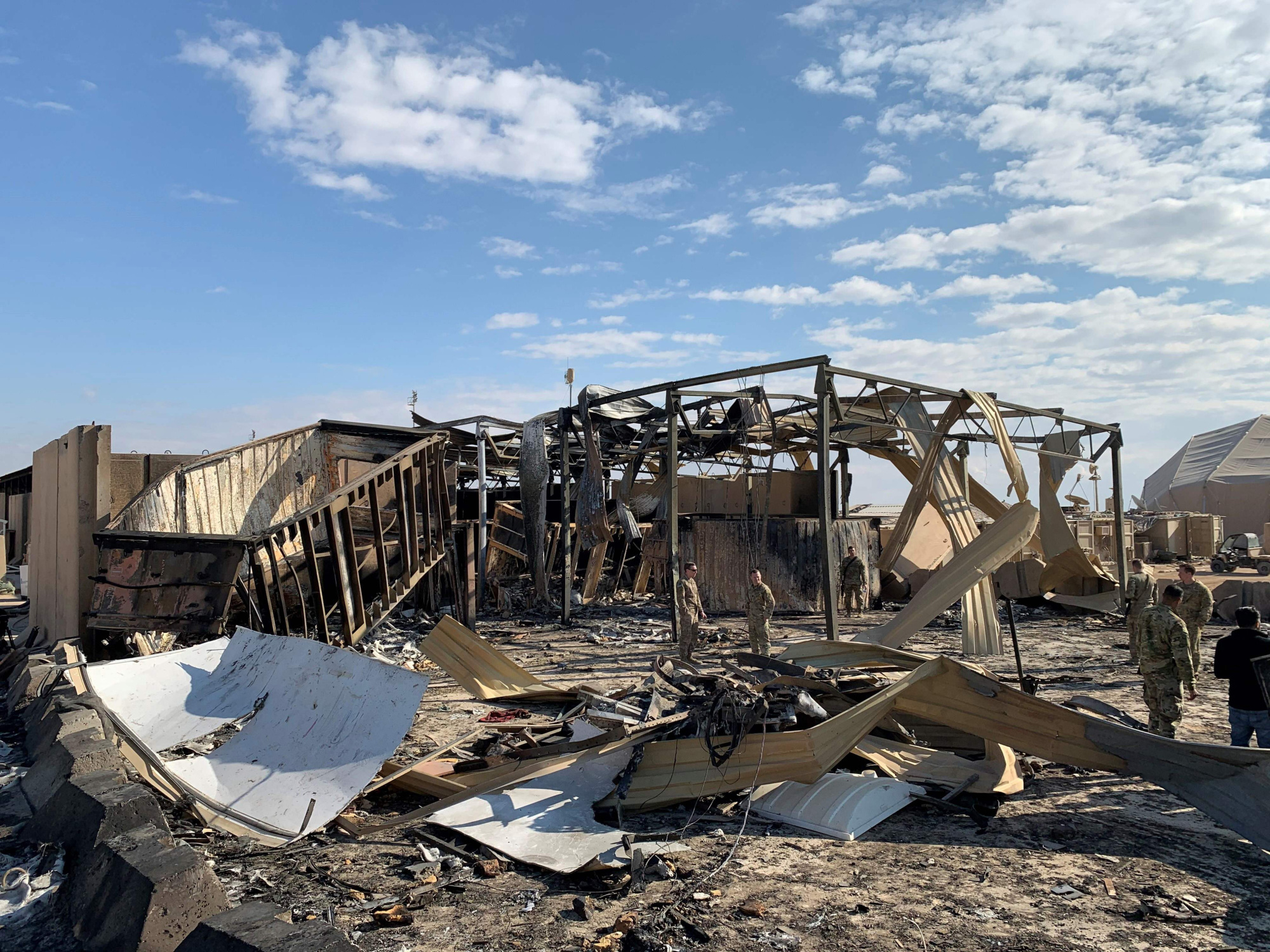The Iranian missile attack on the American bases in al-Asad and Erbil, Iraq, on Jan. 8 surprised many security experts because of their reported accuracy. Until now, the poor accuracy of its missiles was considered by some to be a major deficiency in Iran's conventional arsenal. The missiles' "circular error probable" (CEP) — the radius within which half of all missiles launched will fall — of most Iranian missiles was believed to be several hundred meters. In other words, these were dangerous weapons, but they lacked the pinpoint precision necessary to hit specific targets on land or at sea. But reports indicate that the latest attacks may have had a CEP as low as 5 to 10 meters as they succeeded in six direct hits on empty aircraft hangers.
While the advances in Iranian missile accuracy are a worrisome development for the United States and its allies and partners in the Middle East, another key question is what this tells us about the accuracy of China's ballistic missiles. It is public knowledge that China shared missile technology with Iran for several decades. The Iranian attacks on oil tankers in the late 1980s in the Arabian Gulf during the Iran-Iraq War were attributed to Silkworm missiles that Iran purchased from China. A 2012 Rand report stated that China played a "crucial" role in establishing Iran's military-industrial sector and is suspected of helping Iran with its ballistic missile technology.
Considering China's previous assistance to Iran's missile programs, a reasonable assumption can be made that if Iranian missiles are capable of successfully hitting targets within a few meters, Chinese missiles should be able to equal, if not surpass, Iranian accuracy.

















With your current subscription plan you can comment on stories. However, before writing your first comment, please create a display name in the Profile section of your subscriber account page.